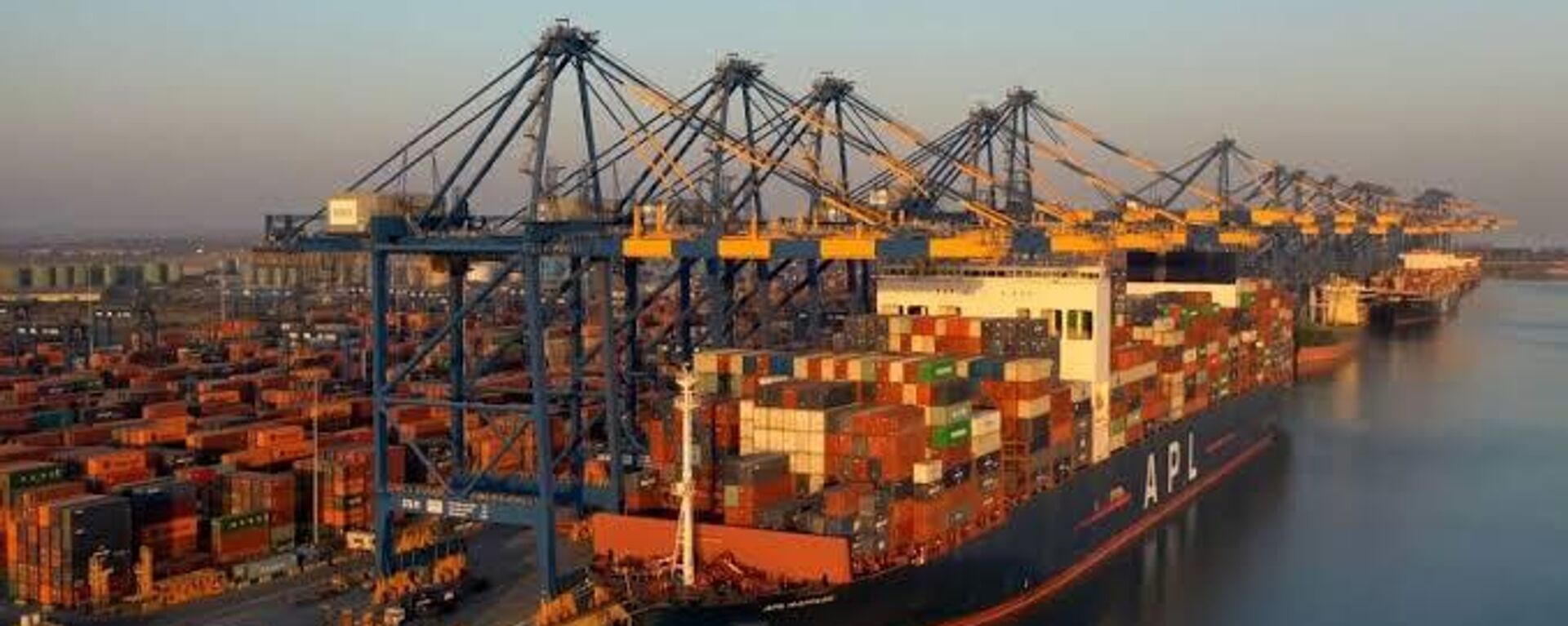https://sputniknews.in/20250420/meet-21st-century-suez-canal-the-promise-and-history-of-instc-9003244.html
Meet 21st Century Suez Canal: The Promise and History of INSTC
Meet 21st Century Suez Canal: The Promise and History of INSTC
Sputnik India
As Eurasia grows more important for global trade, energy, and geopolitics, one project stands out — the International North-South Transport Corridor (INSTC)... 20.04.2025, Sputnik India
2025-04-20T14:13+0530
2025-04-20T14:13+0530
2025-04-20T14:13+0530
world news
suez canal
eurasia
mumbai
brics
https://cdn1.img.sputniknews.in/img/07e8/01/11/6240375_0:203:2048:1355_1920x0_80_0_0_33aefd28e28912b1468e321805de1bff.jpg
The INSTC dramatically cuts down the time it takes for goods to travel between Mumbai and St. Petersburg. What once took 45–60 days via the Suez Canal can now be done in just 25–30 days, with transportation costs reduced by up to 30%. That’s a big deal for trade efficiency.In terms of volume, INSTC moved 14.5 million tonnes of cargo in 2022. That number is expected to rise to 45 million tonnes by 2030, and possibly 100 million tonnes by 2050.Beyond economics, the INSTC has major strategic significance, especially for the Eurasian members of BRICS, who can use it to deepen cooperation and integration. With rising instability in the Red Sea, the INSTC — a multimodal route combining sea, rail, and road — offers a more secure and resilient alternative.This isn't just a modern idea. The route has deep historical roots. In the 19th century, Britain fought wars to block Russia’s access to the Indian Ocean, recognizing the region's strategic importance. During the Cold War, the U.S. used coups, military alliances, and proxy wars for the same purpose.Even in the 15th century, Russian merchant Afanasy Nikitin traveled to India along a path strikingly similar to today’s INSTC. His journey was so close to the modern corridor, it's almost prophetic.In many ways, the INSTC isn’t just a trade route — it’s a revival of a centuries-old vision, now becoming reality in the 21st century.
https://sputniknews.in/20240620/india-to-build-a-9-bln-arabian-sea-port-to-bolster-instc-7662187.html
suez canal
eurasia
mumbai
Sputnik India
feedback.hindi@sputniknews.com
+74956456601
MIA „Rossiya Segodnya“
2025
Sputnik India
feedback.hindi@sputniknews.com
+74956456601
MIA „Rossiya Segodnya“
News
en_IN
Sputnik India
feedback.hindi@sputniknews.com
+74956456601
MIA „Rossiya Segodnya“
Sputnik India
feedback.hindi@sputniknews.com
+74956456601
MIA „Rossiya Segodnya“
suez canal, eurasia, mumbai, brics
suez canal, eurasia, mumbai, brics
Meet 21st Century Suez Canal: The Promise and History of INSTC
As Eurasia grows more important for global trade, energy, and geopolitics, one project stands out — the International North-South Transport Corridor (INSTC). But what makes it such a game-changer?
The INSTC dramatically cuts down the time it takes for goods to travel between Mumbai and St. Petersburg. What once took 45–60 days via the Suez Canal can now be done in just 25–30 days, with transportation costs reduced by up to 30%. That’s a big deal for trade efficiency.
In terms of volume, INSTC moved 14.5 million tonnes of cargo in 2022. That number is expected to rise to 45 million tonnes by 2030, and possibly 100 million tonnes by 2050.
Beyond economics, the INSTC has major strategic significance, especially for the Eurasian members of BRICS, who can use it to deepen cooperation and integration. With rising instability in the Red Sea, the INSTC — a multimodal route combining sea, rail, and road — offers a more secure and resilient alternative.
This isn't just a modern idea. The route has deep historical roots. In the 19th century, Britain fought wars to block Russia’s access to the Indian Ocean, recognizing the region's strategic importance. During the Cold War, the U.S. used coups, military alliances, and proxy wars for the same purpose.
Even in the 15th century, Russian merchant Afanasy Nikitin traveled to India along a path strikingly similar to today’s INSTC. His journey was so close to the modern corridor, it's almost prophetic.
In many ways, the INSTC isn’t just a trade route — it’s a revival of a centuries-old vision, now becoming reality in the 21st century.


